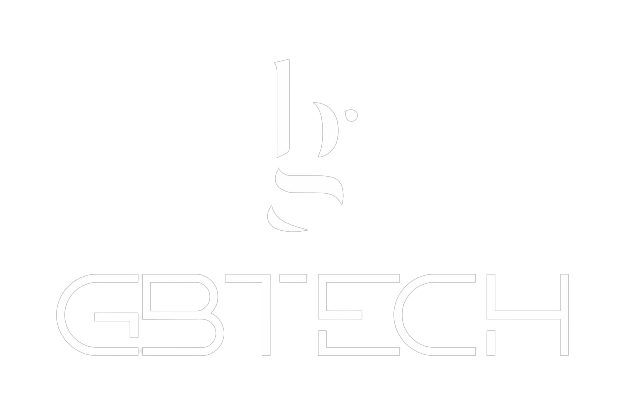People + Tech = Strategy
Bridging the Gap in the Digital Shift
In an era where technology evolves faster than ever, the real strategic advantage doesn’t lie in just adopting new tools, it lies in how people use them. Businesses today are surrounded by powerful digital systems, AI capabilities, and interconnected platforms. Yet, many still struggle to realize their full value. Why? Because technology alone doesn’t make a business better. It’s the interaction between people and tech that turns tools into transformation.
We have the tech to take us anywhere we want to go, but are we ready for the trip?
The Cost of the Gap
According to a recent report from Microsoft and Trinity College Dublin, 91% of Irish businesses are now using AI in some form. That shows momentum. But adoption isn’t the same as maturity. Just because a tool is in place doesn’t mean it's making an impact. Without digital maturity (the ability to integrate and sustain systems in a meaningful way) technology becomes like a book with pages out of order. Sometimes, pages are missing altogether. It’s there, but it’s hard to read, not really something you can rely on.
And when systems become unreliable or disconnected from people’s real workflows, the cost is high, lost time, missed opportunities, and even bad decisions based on poor data. Tech should give clarity, but without the right human engagement, it adds noise.
The Changing Role of IT
This is why IT departments are undergoing a major identity shift. No longer just the “fix-it” team, today’s IT leaders are at the core of strategic planning. They’re facilitators of collaboration, culture, and long-term value. As AI and automation take on more technical tasks, IT teams are becoming people-oriented problem solvers, coaching departments on how to use tools wisely, ensuring data flows correctly through business processes, and, perhaps most importantly, helping people trust and engage with the systems.
A recent McKinsey note on digital twin technology for example, highlights how digital replicas of real-world systems (e.g. manufacturing processes, end-to-end supply chain management, store operations, and customer journeys) are now being used to test and optimise business operations in real time. But the tech is only as powerful as the collaboration behind it. If people don't input data correctly, interpret insights, or feel ownership of the tools, the twin isn't truly alive… It’s just a shell.
People Are the Real "Infrastructure"
Culture has become infrastructure. A healthy, engaged workforce isn’t a “nice to have” anymore. It’s critical. When people are interested in their work and supported by a culture of curiosity and collaboration, they’re more productive and innovative. They’re also more willing to learn how to use new tools and adapt as the business evolves.
In manufacturing, for example, the Business Post recently highlighted how AI is boosting profits and transforming operations in Ireland. But what’s often underlined in these stories is the human side of that success, people learning to trust predictive maintenance systems, engineers using insights from AI to improve safety, managers aligning tech with strategic goals. Tech created the opportunity, but people delivered the value.
Talking Tech and Each Other
As businesses grow more tech-integrated, communication becomes even more essential. Not just with machines, but with one another. Many of the new “basics” of work involve understanding dashboards, reading data, or knowing how to interpret system alerts. But equally important is knowing how to ask for help, how to explain what’s not working, and how to have productive cross-functional conversations. This is a new kind of digital fluency: not just being able to use tools, but being able to talk about them.
We need try to “read the new books,” so to speak. That means learning how to navigate systems, but also learning how to have smarter conversations about technology, where it fits, where it’s failing, and how we improve together.
A Strategic Shift
Ultimately, this all comes back to strategy. Businesses that see tech and people as separate forces often struggle to see real return on their investments. But those that treat people and tech as part of the same system (as co-drivers of change) are the ones seeing lasting impact.
The strategic conversation is no longer just about “what tech are we using?” but rather, “how are we enabling our people to use it well?” Are our workflows designed for real humans? Are we giving them tools they trust? Are we creating environments where curiosity and continuous learning are encouraged?
So, where do we go from here?
Invest in digital maturity, not just digital tools. That means thinking long-term, building feedback loops, and ensuring systems are actually integrated into daily work.
Prioritise culture as much as code (if not more). A healthy work environment creates the conditions for innovation and effective tech use.
Enable cross-functional collaboration. IT, HR, operations, marketing—all of them need to work together to make systems useful and usable.
Build trust through clarity. People need to know what systems do, why they matter, and how to use them effectively.
The next wave of digital transformation isn’t just about AI or automation. It’s about alignment, between tools, tasks, and the people who power them. It’s not enough to have the vehicle. We need everyone onboard, ready, and driving in the same direction.
